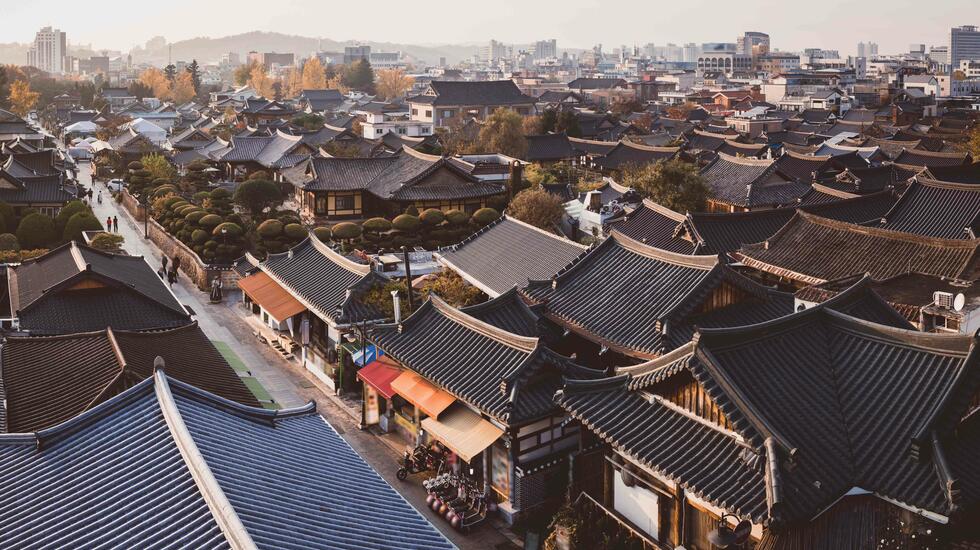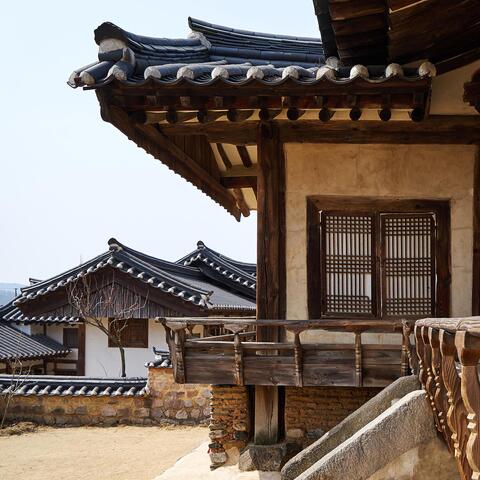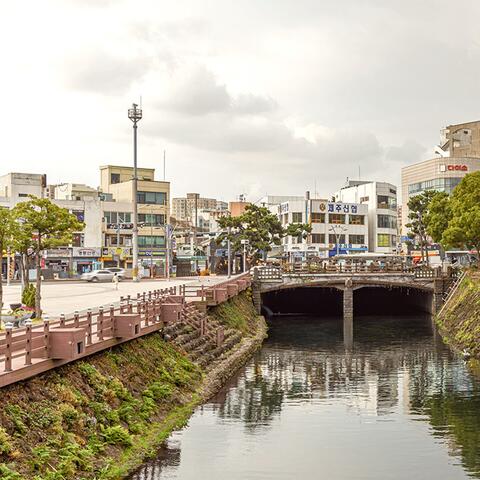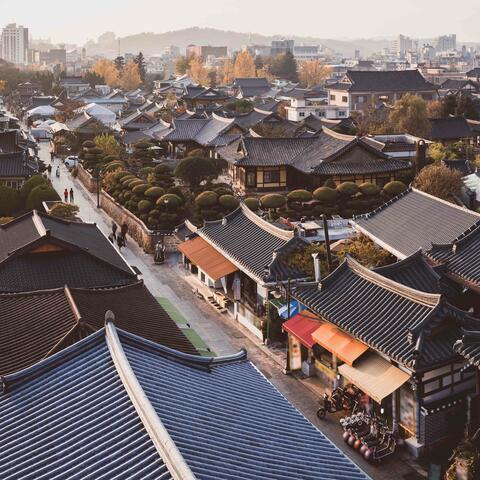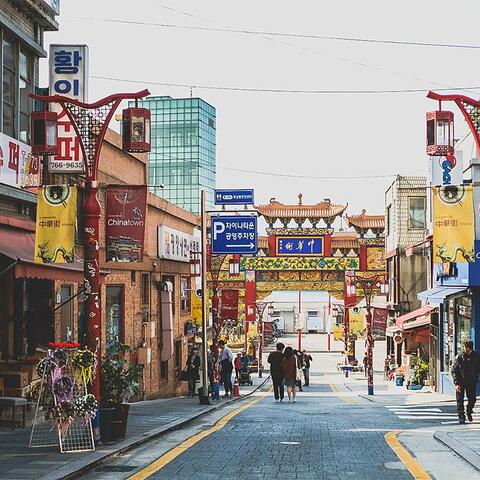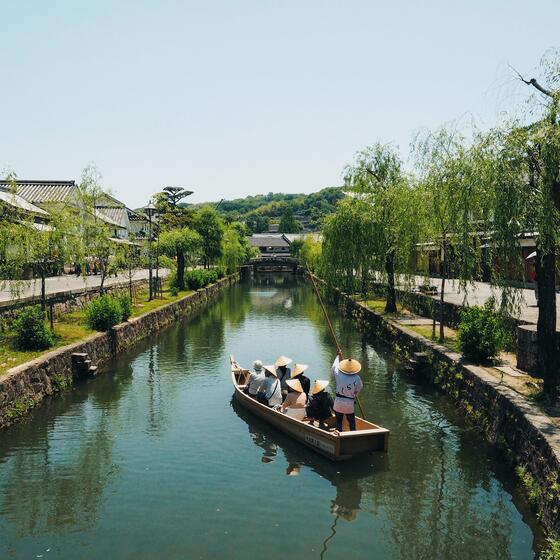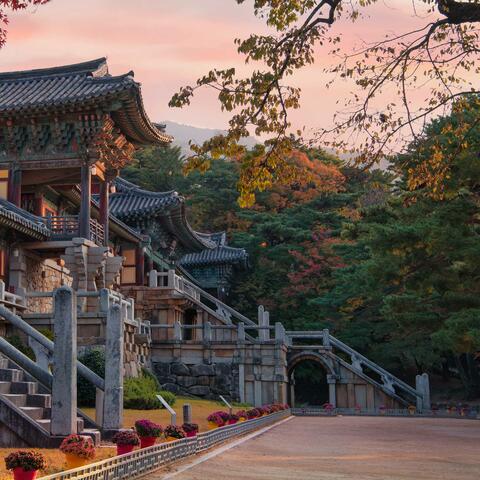
Gyeongju
Don’t call us nerds, but when on tour, we’re always guzzling up
guidebooks, so South Korea’s unofficial history town sends us a
little bit hysterical. Gyeongju, known as the “museum without
walls”, is a pocket-sized city crammed with ancient sites and
historic buildings dating back to the seventh-century Silla
Kingdom. Swoon. Museum tickets aren’t needed; you can spot swooping
hanok rooftops at every turn, and, right in the city centre, the
public Tumuli Park coddles numerous vast, grassy hillocks that are
the burial grounds of past kings and queens. Head out east to
explore the Unesco-protected Bulguksa
temple, a historic collection of pagodas, shrines and buildings
that have stood here since the sixth century, and are still in use
by the country’s largest Buddhist order, the Yogye. Elsewhere,
you’ll find East Asia’s oldest astronomical observatory,
Cheomseongdae, sitting squatly (they didn’t build high back then)
in another free-to-visit city park.
Where to stay: Hwangnidanjam
